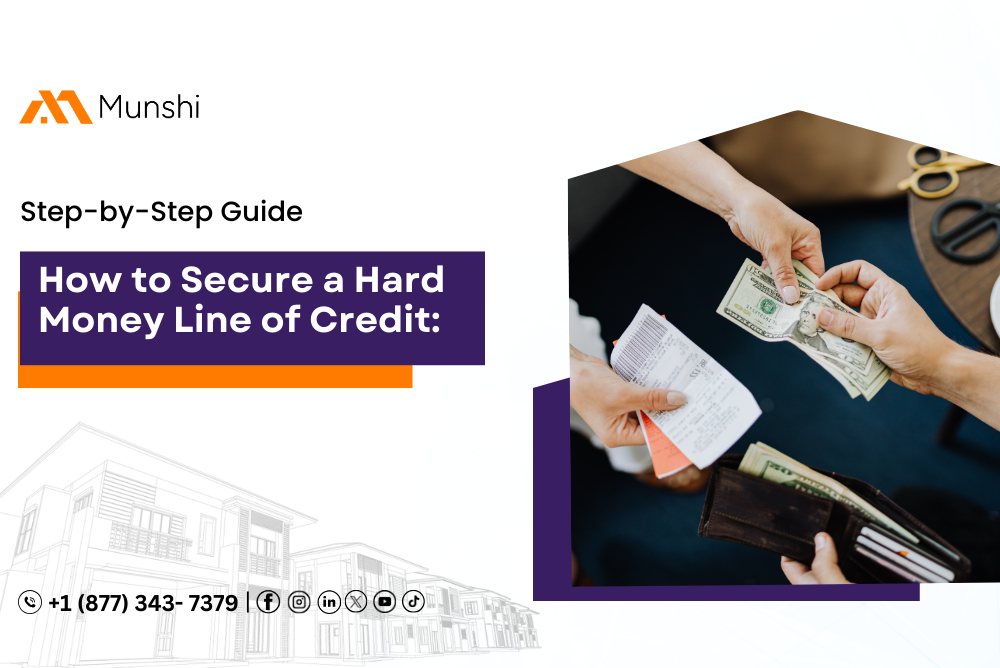Table of Contents
ToggleEnergetic young investors often face the massive hurdle of paying an upfront amount for their first investment. Typically known as a down payment, every financing opportunity asks for a substantial amount initially, making it tough for youngsters to jump-start their investment careers.
Thankfully, proactive investors have come up with a solution via low down payment loans, which makes building wealth a breeze regardless of having low capital. In this article, we will review some pointers that get you the best bang for your buck.
Low Down Payment Loans
Low down payment loans are your golden ticket to homeownership without draining your bank account. To be precise, a low down payment loan allows an investor to purchase real estate without paying too much in terms of upfront capital. Traditional home loans have a 20% down payment mandate, making conventional mortgages pretty steep to maintain compared to low down payment loans.
This lowered transactional fee significantly brings down the cost of home ownership while at the same time creating a unique avenue for wealth accumulation through appropriate real estate investments. Loans like hard money real estate loans from Amish Munshi help new investors confidently step into the market.
Low-Down Payment Options for Investors
Since you are now well-versed with all the risks and rewards associated with non-conventional loans, let’s run down your various options.
- Government-Backed Loan Programs: Regarding government-backed loans, investors can use two types (Federal Housing Administration) and VA (Veteran Affairs) loans. While FHAs aren’t typically loans and a sort of insurance for the lender, they only call for 3.5% as a down payment. The sole condition is that the investor has to reside within the property to be purchased. Meanwhile, VA loans are reserved for people actively employed by the US Armed Forces or someone who has been honorably discharged. Additionally, spouses of soldiers Killed in Action also qualify. Given out by the US Department of Veteran Affairs, these loans have very flexible terms and require zero down payment. However, people need to have served in the military for at least six years to qualify.
- Home-Ready or Fannie Mae Loans: These loans also have a low down payment entry. However, these are specifically designed for investors with a low or moderate income. The flexible terms even allow foreign investments to reduce the total amount. The collective income of a household is considered while giving out this loan.
- Freddie Mac or Home Possible Loans: These loans are designed to help out new investors with no credit history. With a low % down payment of 5%, investors can purchase properties with a maximum of four units. The 80% value loan allows the downpayment from various sources like family members or employers.
- Piggyback Loans: This loan is split into three sections, which give out 80/10/10 percent of the total loan value at specific times. While the buyer pays the first 10%, the remaining 90% is split into 80% and 10%. While 80% is lent out via the Fannie Mae or Freddie Mac methods, the remaining 10% is a HELOC (Home Equity Line of Credit) or HELOC (Home Equity Loan).
- HELOC Loans: These are loans designed for investors with a home. The line of credit depends on the property’s value, and so does the interest rate. The investors can withdraw money whenever required if they do not exceed the total limit.
- Private Money Loans: These typically imply borrowing money from friends and family. However, if you do not know people in a position to lend you money to purchase a property, you could attend various real estate networking events to meet people who could help you out. The terms of this loan purely depend on the deal you can negotiate with the lender. These are perfect for investors who do not meet the standards of conventional borrowers.
- Live-in Flip: While not a typical loan, this is still a great strategy for your first few deals to help save up for bigger, more lucrative opportunities. This involves buying a run-down property at a low cost, living in it while revitalizing it, and then selling it at a profit. This is also known as the Buy, Rehab, Rent, Refinance Repeat method, where you can put up the property for rent and still draw money against it to fund other ventures.
Advantages Of Low Down Payment Loans
- Low Startup Capital Required: Low down payment loans make it easier for young investors to enter the market as the startup capital required drops considerably.
- Leverage: While traditional loans require a massive 20% down payment, low down payment loans only require 3%, which tilts the odds in the investor’s favor.
- Widening the Investment Portfolio: Low down payment loans make it easier for investors to diversify their portfolios as the initial capital required is quite low. A real estate portfolio loan comes in very handy to finance multiple properties in a singular portfolio.
- Invest Earlier: Low down payment loans also make it easier to enter the market sooner as investors do not need to save up a huge amount.
- Wide Choice: Low down payment loans come in various shapes and sizes, like FHA (Federal Housing Administration) and VA(Veterans Affairs), along with some others with lowered deposit values.
- Chances for Higher Returns: As the down payment is at a low 3%, the chances of getting higher returns increase considerably.
Potential Risks and Ways to Mitigate
Chances of Negative Equity: Since the upfront cost of low down payment loans is so low, there is always a risk of negative equity. Conducting thorough market research and considering factors like price appreciation are the best ways to sidestep this scenario. Short-term bridge mortgages become very useful in scenarios where investors sell off one and aim to buy a new property.
Costs of Private Mortgage Insurance: Certain low-down payment loans mandate borrowers to pay a Private Mortgage Insurance fee till a certain amount has been repaid. Investors can evade this problem by paying additional mortgage installments.
Higher Interest Rates: While the upfront capital required for low down payment loans is low, the rate of interest is often higher than that of traditional loans. Hence, taking your time and hunting down the best loan offer with the lowest rate of interest is advised.
Challenges Met while Maintaining the Property: Since investors opting for low down payment loans do not necessarily have huge amounts backing them up, paying daily property maintenance charges might also be a hurdle. Maintaining a positive cash flow can help combat this.
How do you grow your wealth using Low-down Payment loans?
Low down payment loans come in handy when young investors are itching to enter the market. While they make it easier to jump in, you should always consider the pros and cons. Here are some tips to help you make the most of low downpayment loans:
- Building a good credit history tilts the terms and conditions of the loan in your favor.
- Invest in a property that has good potential for growth and value appreciation.
- A variable portfolio is always a safer option and has more room for growth.
- Always consider tax implications as different investments have different effects, which include good and bad.
- Always stay ahead of the curb and keep yourself educated about the latest trends and updates.
Low Down Payment Loans vs Conventional Methods
Let’s go through certain scenarios that pit low down payment loans against traditional options.
Case 1: If a $500k property appreciates at 3%/year.
Traditional Means: yields you $15k at the end of the first year
Low Down Payment Loans: while the yield remains the same, the total money in your hand at the end is considerably more due to the low down payment in the beginning. This helps not only maintain a positive cash flow but also create wealth.
Case 2: Getting a $500k property financed.
Traditional Means: You pay an upfront down payment of $100k.
Low Down Payment Loans: You just pay $17.5k and save more than $80k, which lets you diversify and cash in on other opportunities.
Case 3: Take a $500k property growing at the national average of 3% per year.
Traditional Means: Your returns at the end of five years are roughly $80k, which is still lower than your initial investment.
Low Down Payment Loans: You have already earned exponentially more than your initial investment by paying much lower initially.
Conclusion
The real estate market may give out the most rewards for your investments, but the conditions to enter this market are quite steep. Saving up a large amount just to put it up for a down payment while being unsure of the returns is a tough call. Thanks to low-down payment loans, those days are well behind us.
Although low down payment loans do help investors enter the market quicker, with less capital, and allow them to diversify their profile quicker, there are certain risks to this as well. The terms and conditions, as is the interest rate, are often steep, so always scour the markets to get the best deal. Consider chatting with us and learning more at Munshi Capital for further assistance and guidance.





